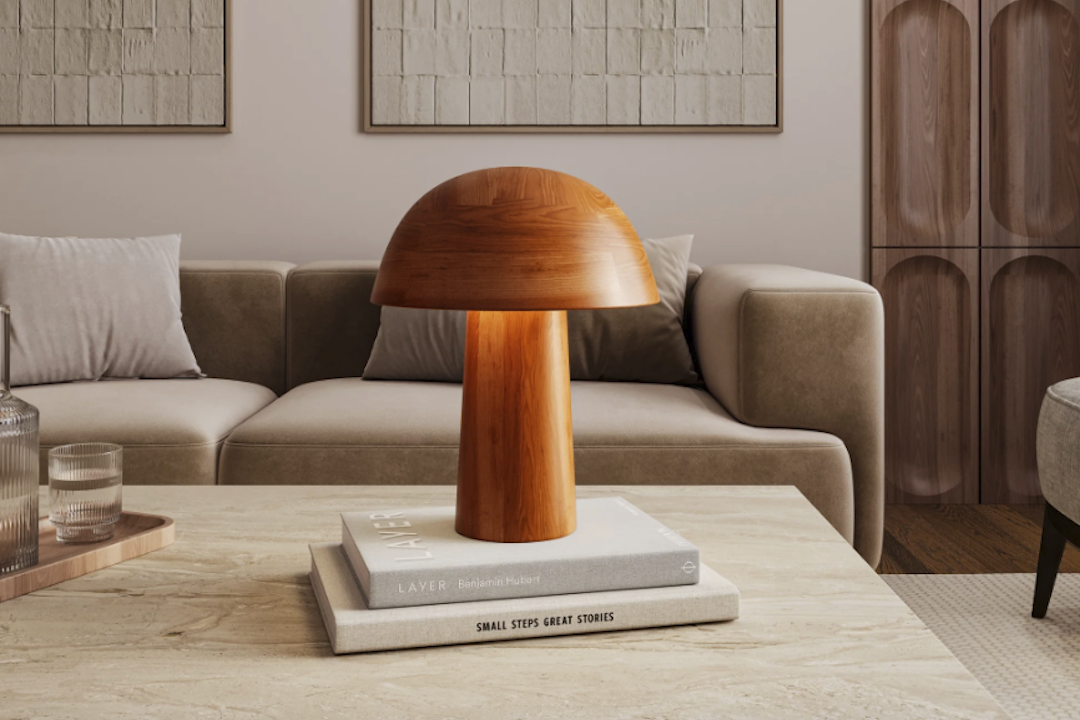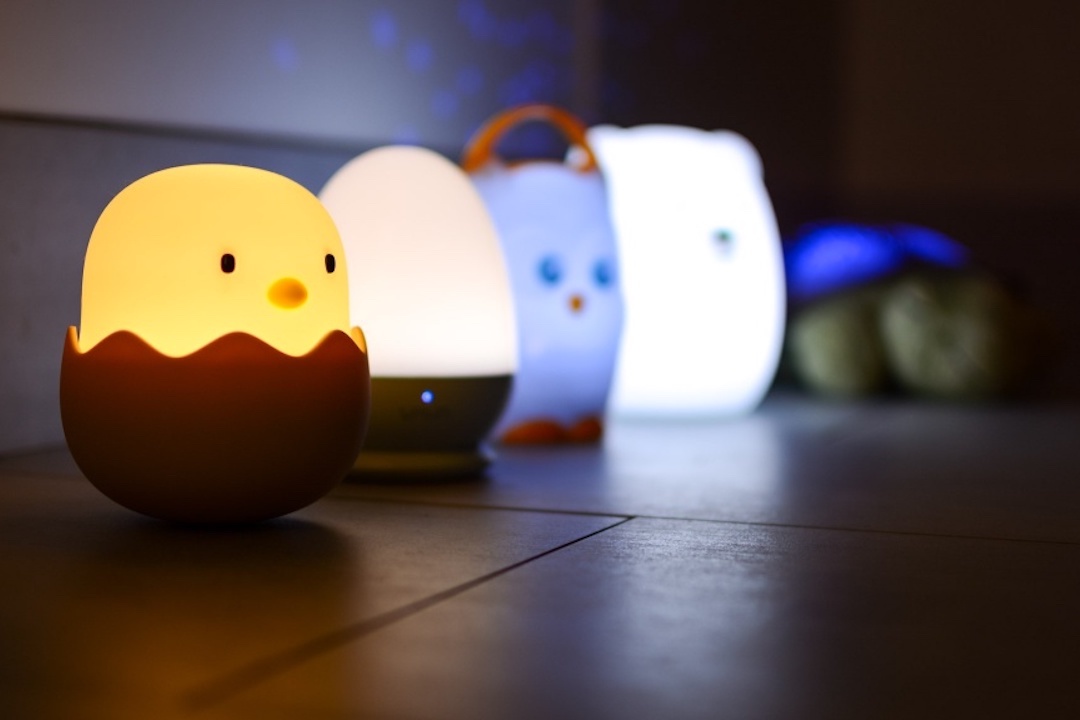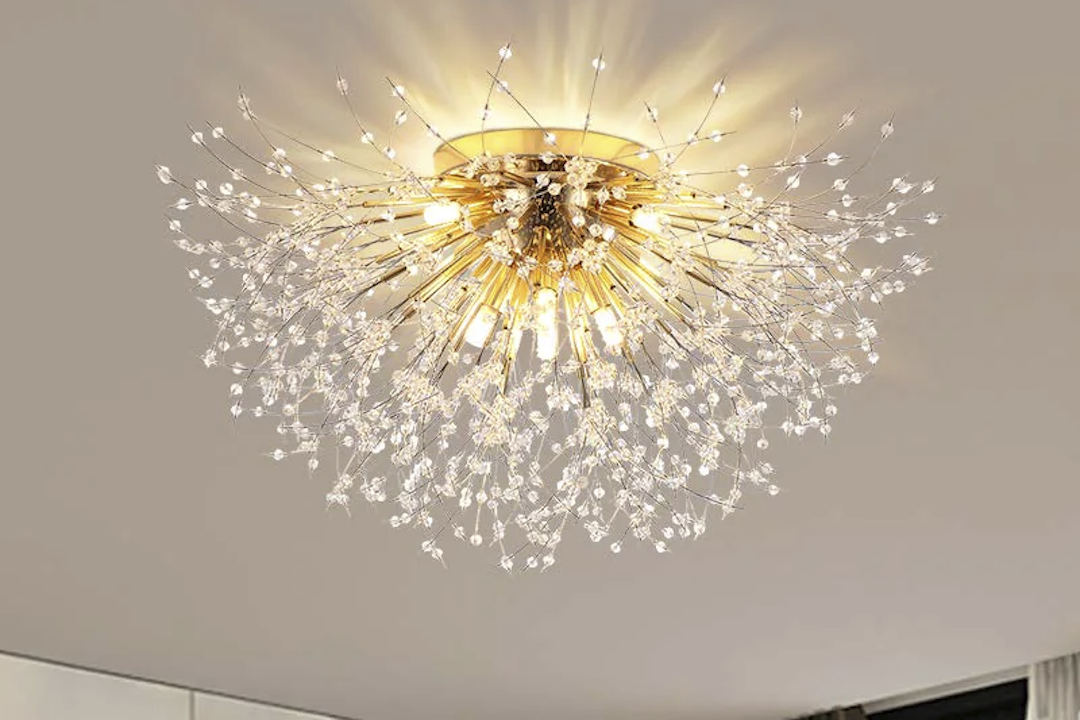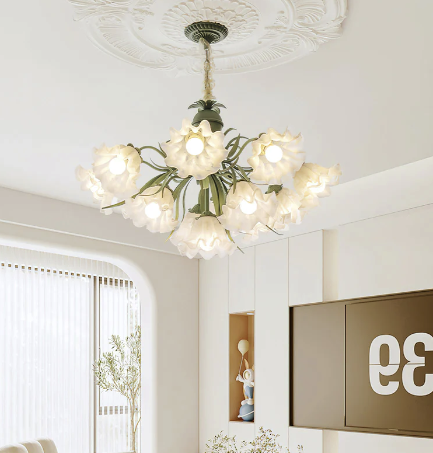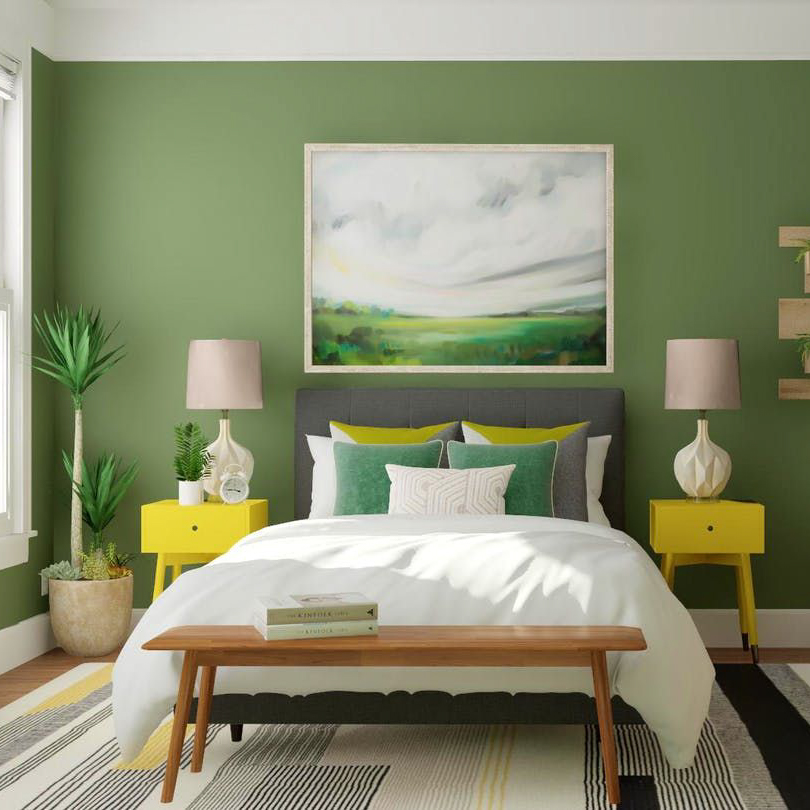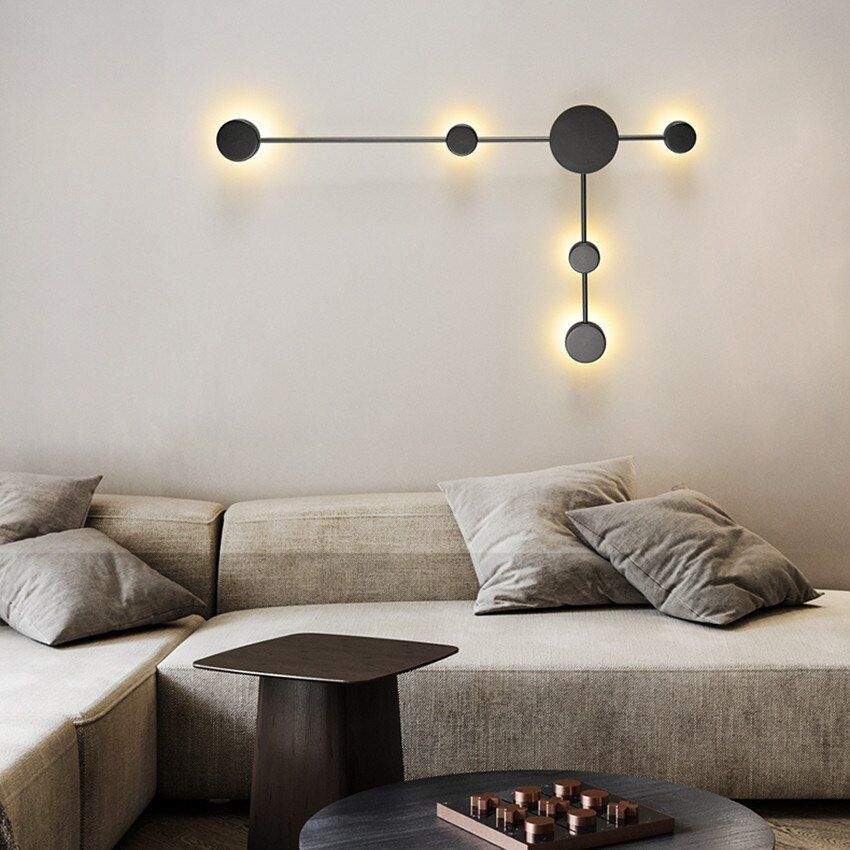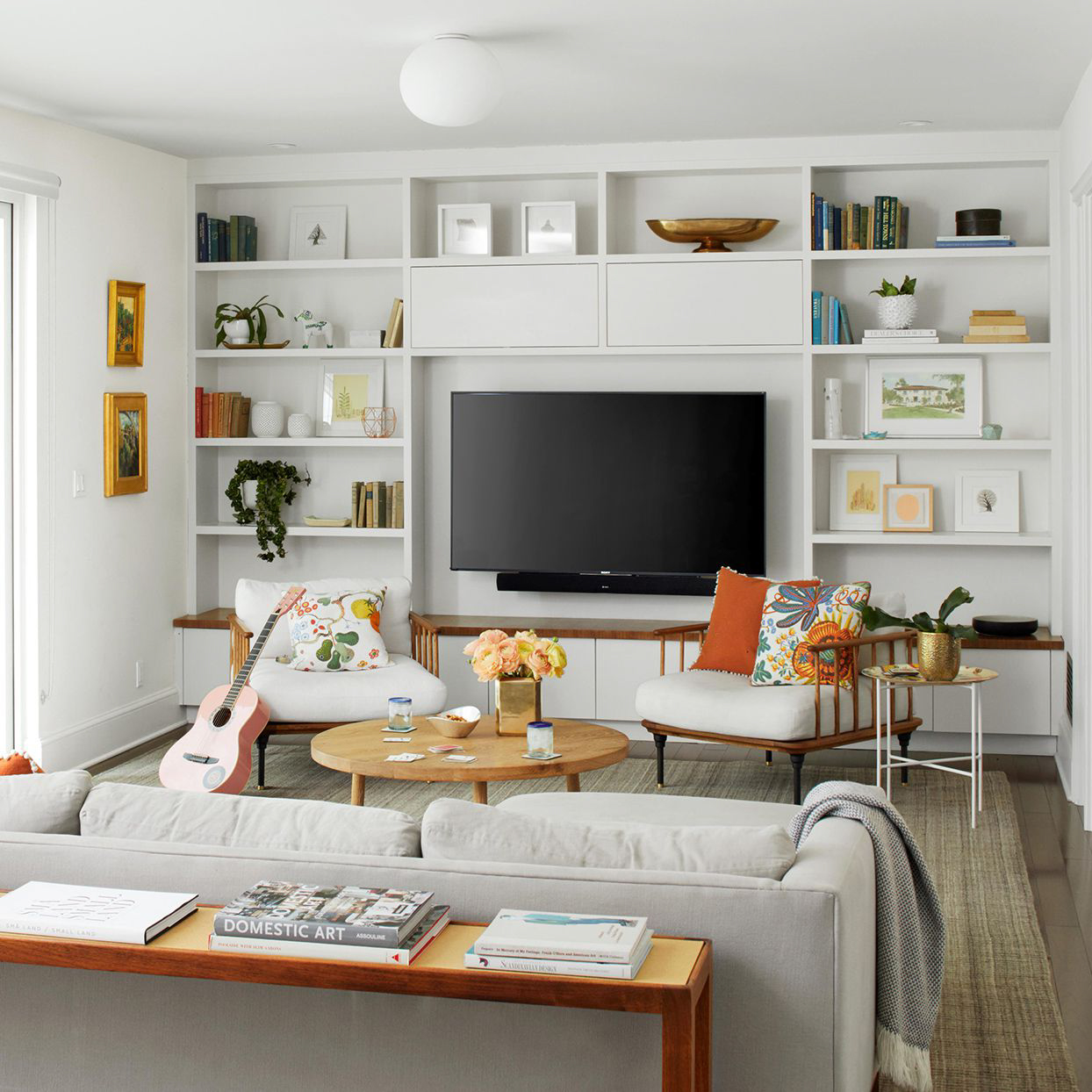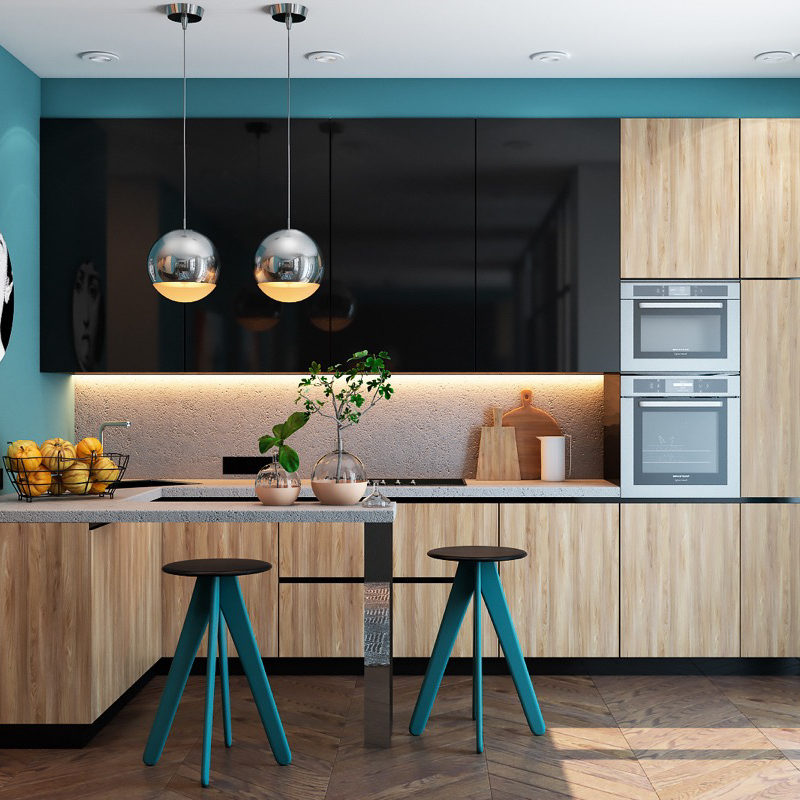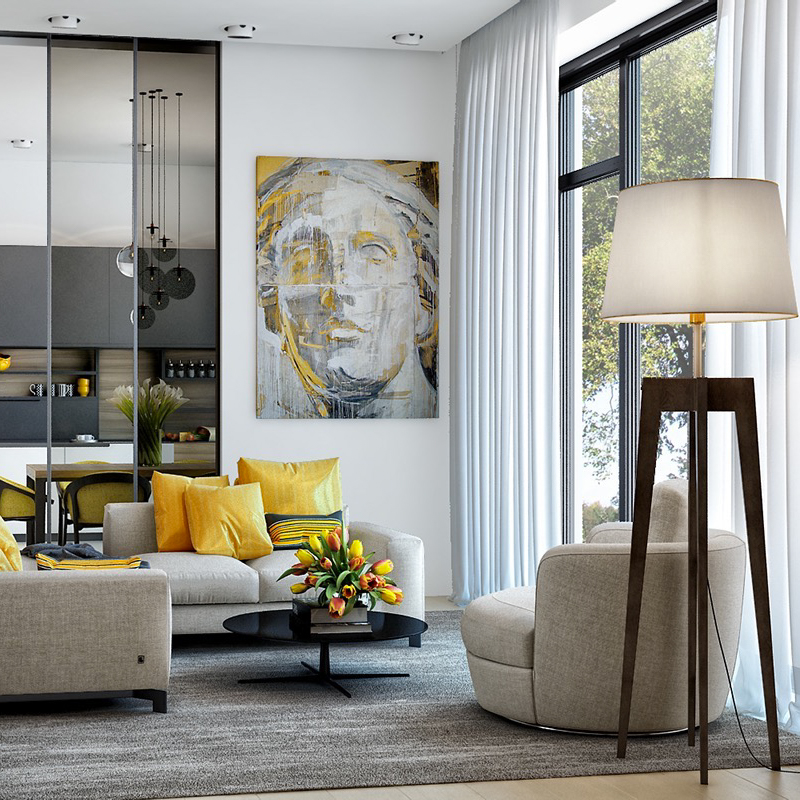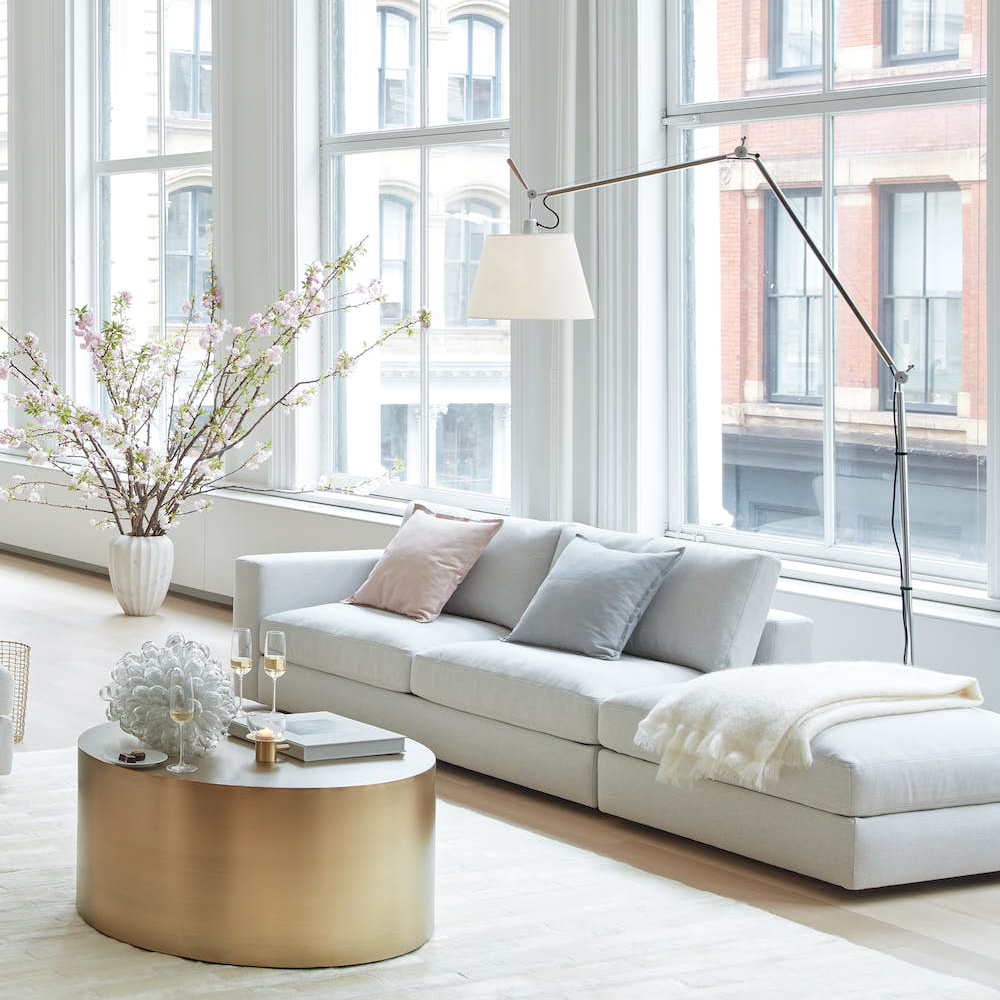Introduction
Light has always played a crucial role in architecture. From natural light to artificial lights, architects have been finding innovative ways to use lighting to transform spaces. Modern lighting technologies have brought about new possibilities and opened up new dimensions for architects to create visually stunning environments. In this article, we will discuss the importance of lighting architecture in creating an exciting and functional space.
The Role of Lighting in Architecture
Lighting plays a vital role in determining the functionality, mood, and overall ambiance of a space. It can draw attention to a particular design feature, complement the colors and textures of a room, and create visual interest. Lighting can also be used to accentuate the architectural features of a building. For example, a building with ornate columns, moldings, and arches can be effectively highlighted with proper lighting.
Types of Lighting
There are various types of lighting, each with its unique characteristics and applications. Here are some of the most common types of lighting used in architecture:
Natural Light
Nothing beats the beauty of natural light. It changes in intensity and color throughout the day, bringing life and warmth to spaces. Large windows, skylights, and glass roofs are some of the ways architects incorporate natural light into buildings.
Ambient Lighting
Ambient lighting is the general lighting of a room. It is typically used to provide illumination without drawing attention to the light source. Ceiling-mounted fixtures, wall sconces, and recessed lighting are used to create ambient lighting.
Task Lighting
Task lighting is designed to help people perform specific tasks. For example, a reading light located over a chair or desk allows people to read comfortably. Task lighting is usually focused and localized to the area where the task is being performed.
Accent Lighting
Accent lighting is used to draw attention to a particular design feature or architectural element. The sharp light and shadows created by accent lighting can help highlight the texture, color, or shape of a design feature. Spotlights, track lighting, and wall-mounted fixtures are some of the ways accent lighting can be incorporated into a space.
Lighting Design Principles
Good lighting design is essential in creating an aesthetically pleasing and functional space. Here are some of the fundamental principles of lighting design:
Brightness
Brightness is the level of light emitted from a particular source. It is measured in lumens. Different areas of a room require different levels of brightness. For example, task lighting needs to be brighter than ambient lighting.
Color Temperature
Color temperature refers to the warmth or coolness of the light source. It is measured in Kelvins. The color temperature of a light source can create different moods and emotions. Warm colors, such as yellow and red, create a cozy and intimate atmosphere, while cool colors, such as blue and green, evoke a sense of calmness and tranquility.
Contrast
Contrast is the difference between the brightest and darkest areas of a room. Proper contrast can create a visually stimulating environment, while improper contrast can cause eye strain and discomfort.
Uniformity
Uniformity refers to the consistency of light levels throughout a space. Proper uniformity ensures that there are no dark spots, shadows or areas of too much light.


